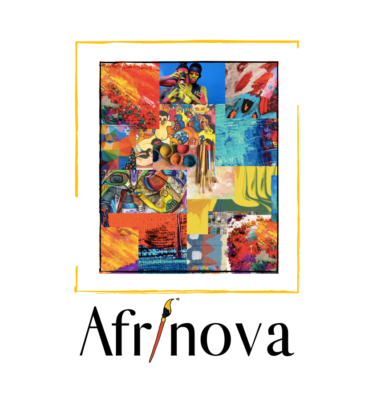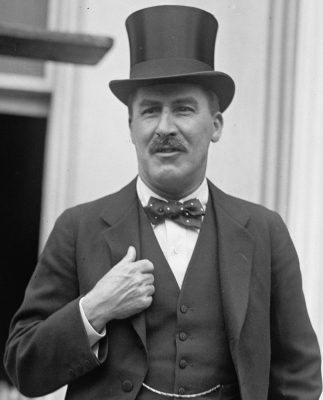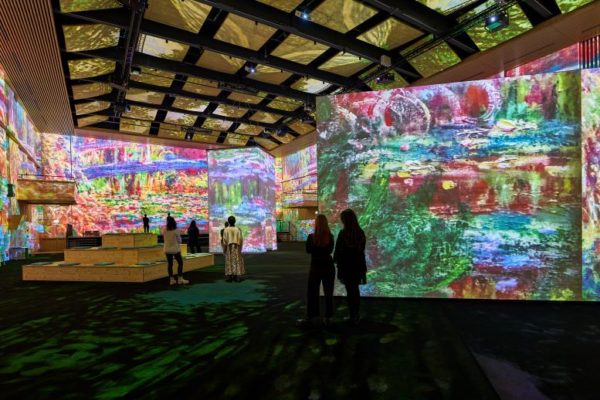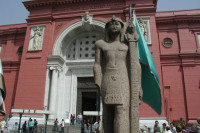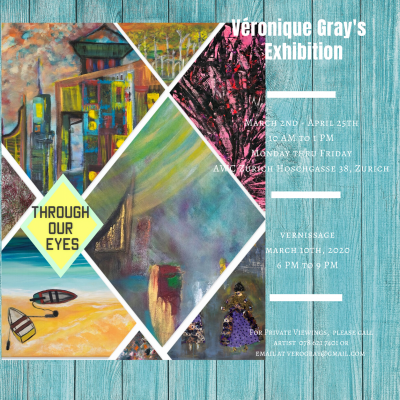Art
The art of the replica Relive the greatest moment in the history of archaeology
The TUTANKHAMUN – HIS TOMB AND HIS TREASURES exhibition sets itself apart from other archaeological presentations because it allows the visitors to relive the exhilarating and action-packed excavation story. Since it may seem a bit limited to not be able to show the delicate and precious originals, the exhibition features painstakingly handcrafted replicas.
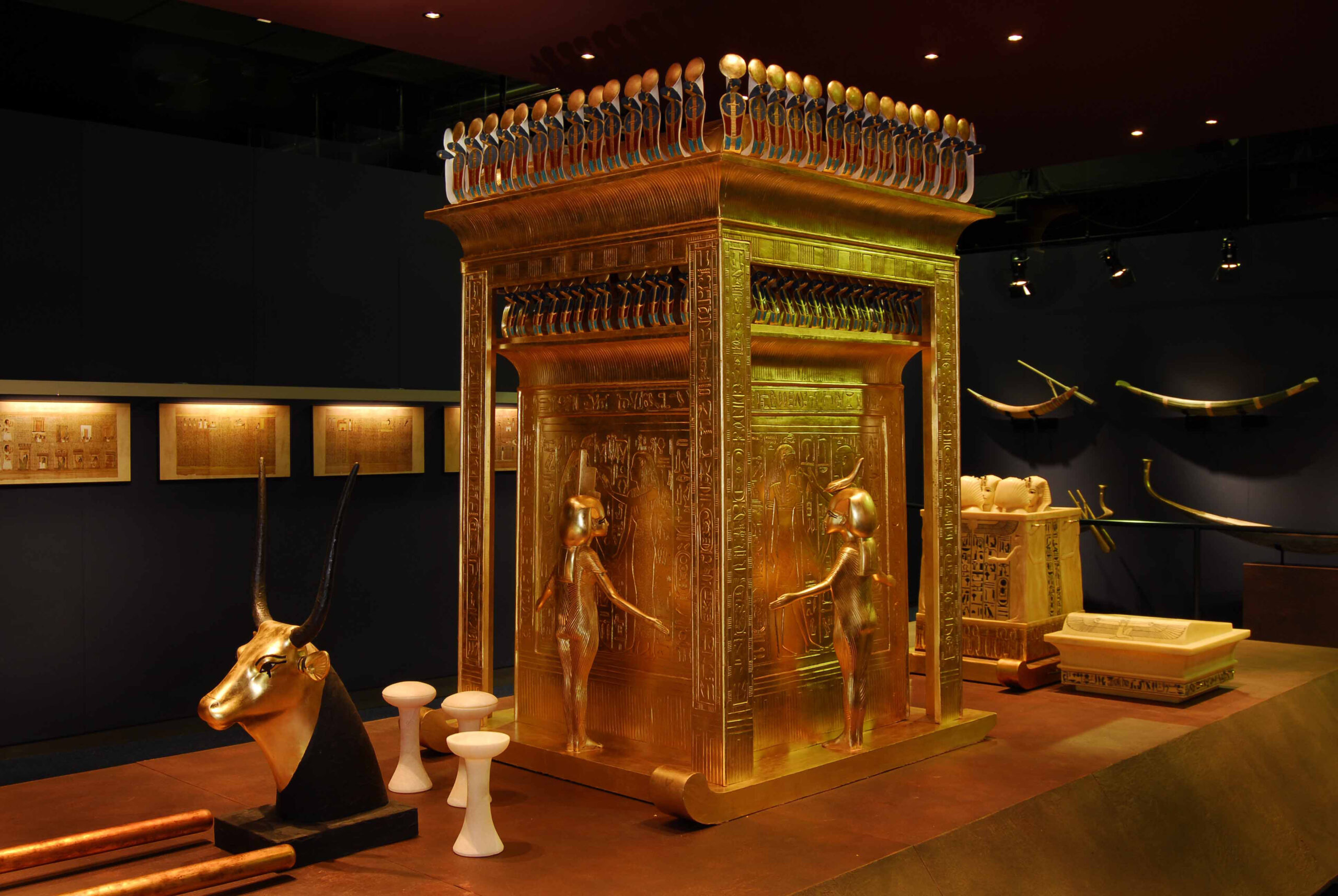
King Tut Canopic shrine credit Press photo
Original and replica complement one another
With these reproductions, TUTANKHAMUN – HIS TOMB AND HIS TREASURES does not aim to replace the originals, but to complement them in a sensible way while arousing visitors’ interest: “For the first time since the discovery of the tomb of Tutankhamun, in 1922, this exhibition makes it possible to rediscover the treasures and the arrangement of the burial objects in the various chambers of the tomb in the original order and manner.” (Dr Wilfried Seipel, Egyptologist and former director general of the Kunsthistorisches Museum Wien).
The concepts of the exhibition were developed based on the meticulous, suspense-filled notes of the archaeologist Howard Carter and the brilliant images of the excavation photographer Harry Burton. Thanks to the concept’s coherence, the carefully crafted implementation and development of the exhibition as well as the constant updating of content to reflect the latest Egyptological research, the project is fundamentally different from other Egypt exhibitions.
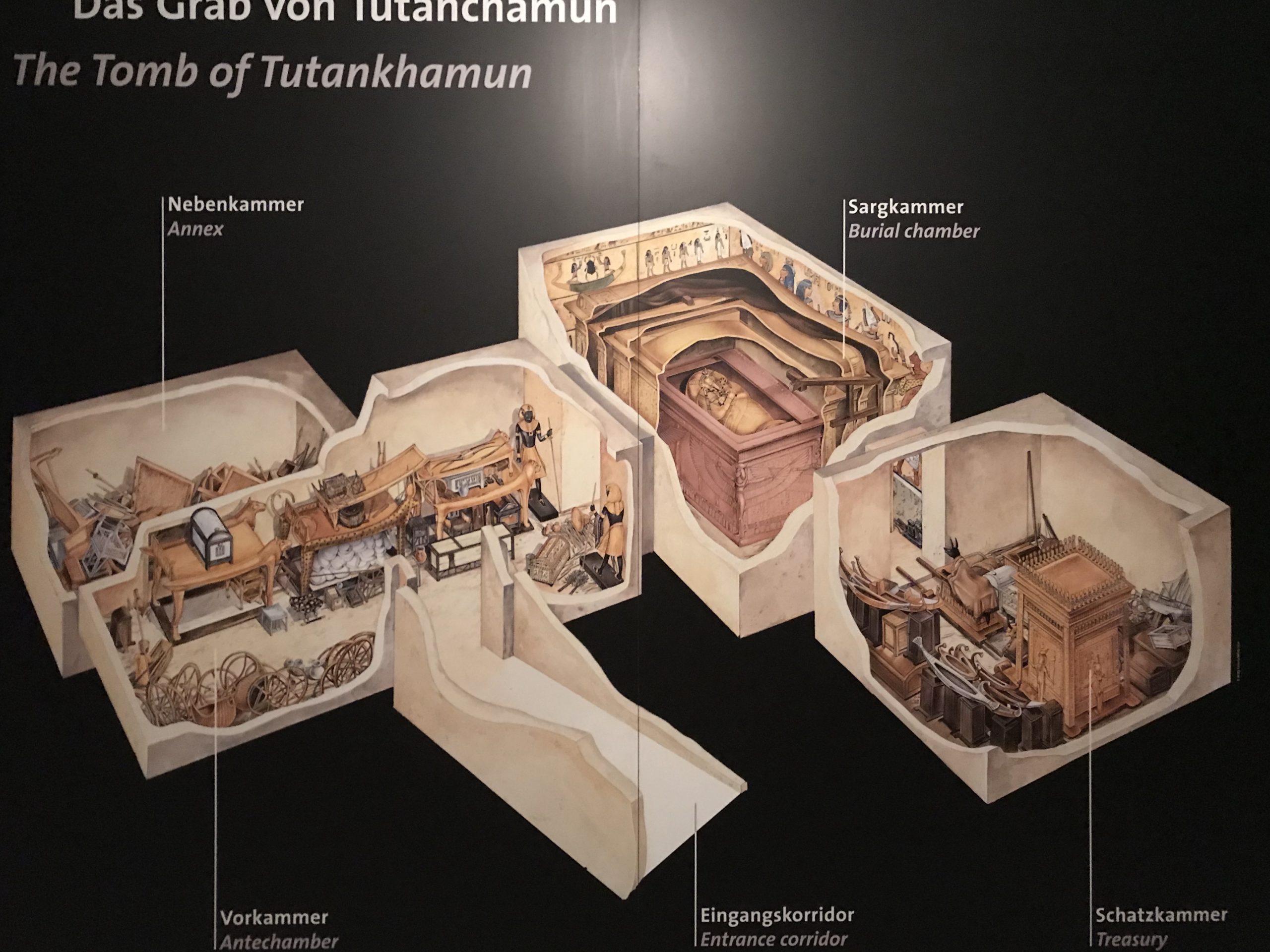
The tomb of King Tut with its different chambers – credit photo Veronique Gray
TUTANKHAMUN – HIS TOMB AND HIS TREASURES not only uses excellent replicas in its staging of the famous discovery of the treasure by Howard Carter: it also tells the story of the treasure and the people involved in it – starting with King Tutankhamun and ending with the explorers – from start to finish in an exciting and authentic way. The combination of traditional museum methods and modern media bring the story to life. Visitors who are already familiar with the original treasures from the tomb of Tutankhamun can now also experience what it feels like to actually discover them.
Visitors imagine the discovery of the tomb
The exhibition provides the opportunity to visit a three-dimensional reconstruction of the tomb in the situation it was in when discovered. The sight of the treasure in the moment of its discovery is something that – aside from Carter, Lord Carnarvon and their colleagues – only very few privileged excavation guests were granted. One after the other, two tomb chambers open themselves up to the gaze of the visitors in exactly the same way their discoverers had seen it: the black sentinel figures stand before the coffin chamber just as they had; in the treasure chamber, the jackal upon the chest watches over the canopin shrine just as it did 3,300 years ago.
Remarkably realistic pharaonic treasure
The most significant and spectacular findings are presented in a second part of the exhibition. Chests and
boxes filled with treasures are opened up for the visitors to see. True-to-original replicas of countless valuables, jewellery, amulets and golden figures were created on a scale unparalleled anywhere else in the world. The overwhelming abundance of the treasure is revealed to the visitors: the quartzite sarcophagus is as remarkably realistic of a reproduction as the shrines are, the originals of which are on display at the Egyptian Museum in Cairo. Other impressive features include the replicates of gold-plated figures of deities what were hidden in the small shrines, the golden jewellery of the mummy as well as the golden chariot that had been broken in the tomb, but which is fully reconstructed here. Plus, there is a copy of the world-famous death mask, the original of which last went on tour in the 1980s.
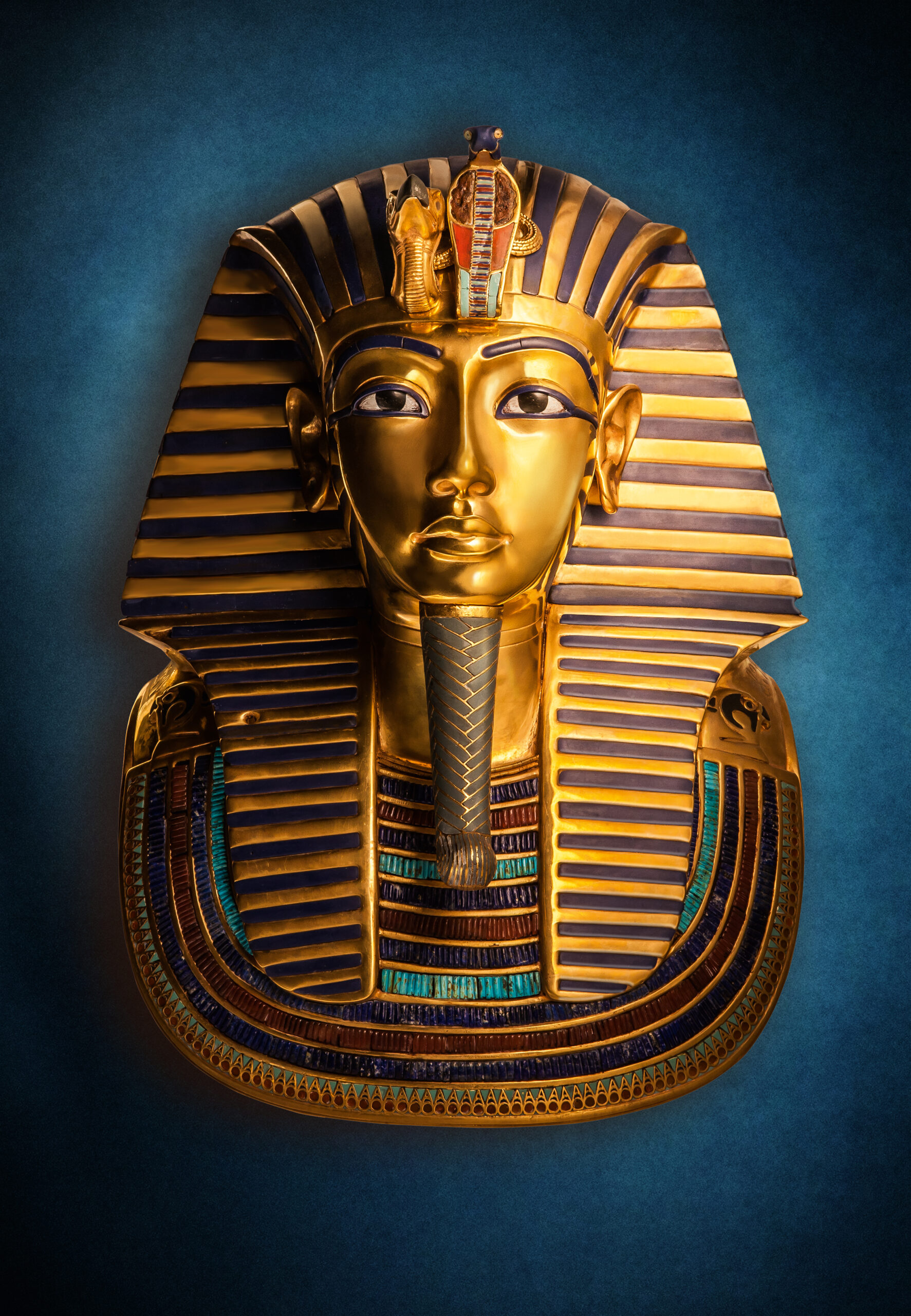
King Tut golden mask Press photo
Replicas require scientific and artistic precision
The presentation of replicas is based on scientific precision in the same way as the works displayed in a museum are. The use of replicas is becoming increasingly important given that, for conservational reasons,
very few originals can be used in traditional museum exhibitions anymore. The objects for the exhibition were produced in Egypt by native artists in close cooperation with Egyptologists: they are the product of the same high-quality handiwork as they were during the Pharaohs’ era. When it comes to certain materials, compromises had to be made today: for example, the replica of the 110 kg inner golden coffin could not be made of solid gold as the original was. That also applies to the mask, several pieces of jewellery and other objects that were originally made of solid gold: their opulent reproductions were made of copper coated with gold using an electrolysis procedure. In this way, the objects possess a richness of detail that has already enchanted millions of visitors and specialists.
“But I could not answer one question: Are we really the descendants of the great Pharaohs? (…) Using a multitude of materials, we have reproduced nearly 1,000 art works from Tutankhamun’s tomb whose diversity
and value are one of a kind. For me, reproducing Tutankhamun’s tomb was not about making a copy and
proving my artistic and technical skills by replicating details that were faithful to the original. No, for me it was an important part of my life (…). I hope I’ve answered this question.” (Dr Mostafa El-Ezaby, Director of the Replica Art Factory, Cairo)
Article written by Dr Wilfried Seipel
Exhibition Tutankhamun in Zurich
Duration
09.07. – 1.11.2020
Venue
Halle 622 Zürich-Oerlikon
Website
http://www.tut-ausstellung.ch
Opening hours
daily 10.00 – 18.00 h (last entrance: 17.00 h)
Expected visitors
80‘000 people
Tickets
MAAG Hotline 0900 444 262 (CHF 1.19/min.), Ticketcorner
Tickets for groups and schools Tel. 044 444 26 26
Prices inkl. guided audio tour
Adults SF 28.00
Seniors (64/65), Students/Apprentices (until 24) SF 24.00
Children (6 – 16) SF 17.00
SF 4.00
Familyticket (2 adults/2 children 6 – 16) SF 65.00
Schools per person SF 14.00
Prices incl. advance booking, excl. handling-/service fees
Languages
The exhibition panels are in German and English. The audio tour is in German, English, French and Italian
available.

